
Powdered quartz is produced in powdered quartz deposits, and it is a new type of siliceous raw material formed by the weathering of microcrystalline quartzite. Unlike traditional silicolite, powdered quartz is characterized by fine grain, high purity and easy processing. It is widely used in high-voltage resistant and household electric porcelain, medium and high-grade glass, paint fillers and other industries with high specifications, but when used in these industries, it needs to be purified. When purifying powdered quartz, it generally needs to be processed by mechanical scrubbing, magnetic separation, flotation separation, acid leaching and calcination to remove impurities and associated minerals. The following will introduce you to the detailed powder quartz sand separation and purification technology.
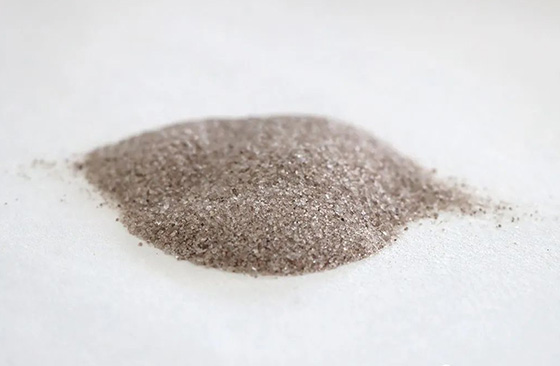
The powdered quartz raw ore is screened and crushed and sent to the scrubbing machine for scrubbing. After scrubbing, clay, earth impurities and films are removed from the surface of the powder quartz grains. In the powder quartz scrubbing process, the scrubbing feed concentration and scrubbing time will have an impact on the scrubbing effect.
When the scrubbing concentration is within a certain range, the silica content obtained by scrubbing has little change. Once the threshold of quartz scrubbing concentration is reached, the silica value in the quartz reaches a maximum value. At this time, if the scrubbing concentration is further increased, the fluidity of the scrubbing slurry will gradually deteriorate, and its scrubbing effect will also deteriorate.
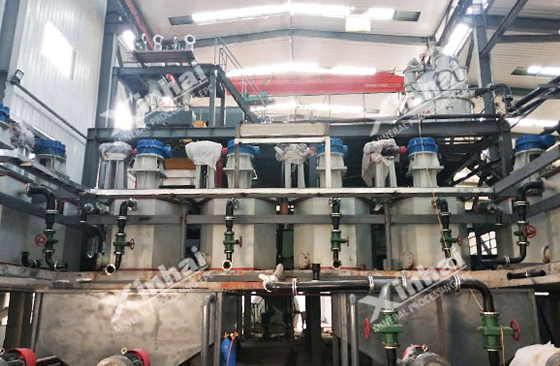
As for the scrubbing time, generally the longer the scrubbing time, the better the scrubbing effect. As the scrubbing time prolongs, the content of silica in the powdered quartz increases gradually. However, due to the severe refinement of powdered quartz, it is difficult to separate the fine muddy impurities and quartz, and the prolonged scrubbing time will also accelerate the wear and tear of the scrubbing machine and increase the energy consumption.
Therefore, when performing the powder quartz scrubbing process, it is necessary to select the appropriate scrubbing concentration and scrubbing time according to the nature of the ore.
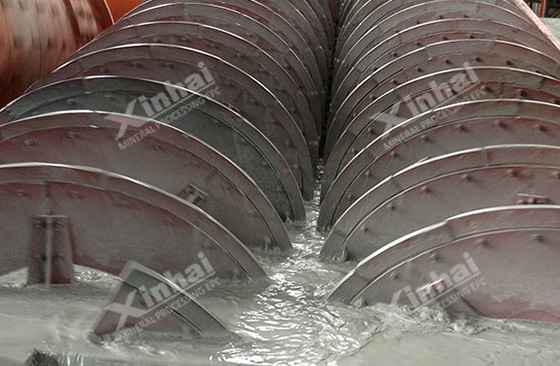
Because powdered quartz is fragile, coupled with mechanical grinding and peeling, iron impurities and clay-like substances attached to the mineral surface will be peeled off. These impurity minerals and clay-like substances are very fine, and it is difficult to completely separate these minerals from the quartz through the agitation of the aqueous medium. Therefore, it is necessary to use a classifier to process minerals to separate target minerals and impurity minerals.
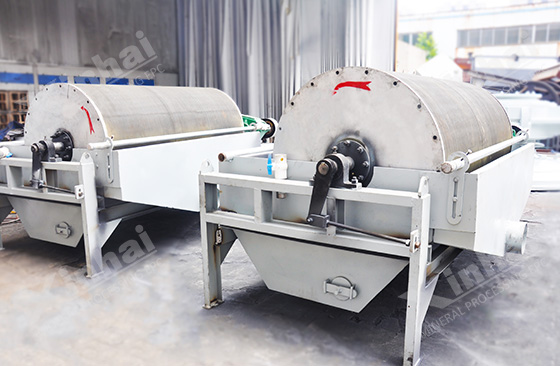
The products after classifying and desliming adopt high-gradient magnetic separation process, that is, two-stage magnetic separation. After a magnetic separation, the magnetically separated rough concentrate and tailings can be obtained. Magnetic separation of coarse tailings and then a magnetic separation to obtain the final non-magnetic substances and magnetic minerals. Such a process can effectively remove the ferromagnetic substances in the powder quartz and fully recover the silica in the mineral.
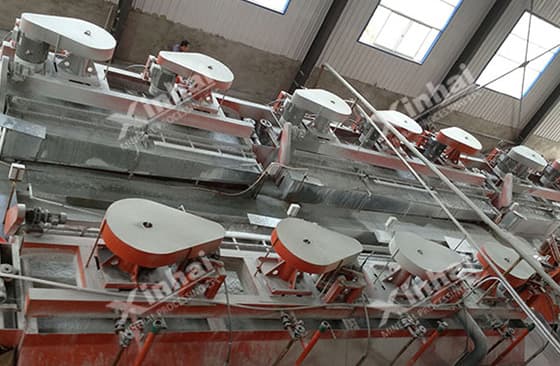
Powder quartz contains a small amount of impurity minerals such as feldspar and mica, so it can be removed by flotation. The content of these impurity minerals is low, and the use of reverse flotation can increase the recovery rate of concentrate and reduce the amount of collectors and foaming agents. Quartz separation of feldspar requires the use of sodium sulfonate and amine collectors to react under acidic conditions. When flotation powdered quartz, the pH value of the pulp needs to be adjusted, but a sewage treatment system needs to be added later. For the sake of environmental protection, fluorine-free and acid-free flotation method can be used, that is, adding appropriate anion and cation mixed collectors in the neutral medium, so that the cationic collectors form electrostatic adsorption on the surface of quartz and feldspar, and at the same time, characteristic adsorption is formed on the surface of feldspar, and the feldspar can be preferentially floated out.
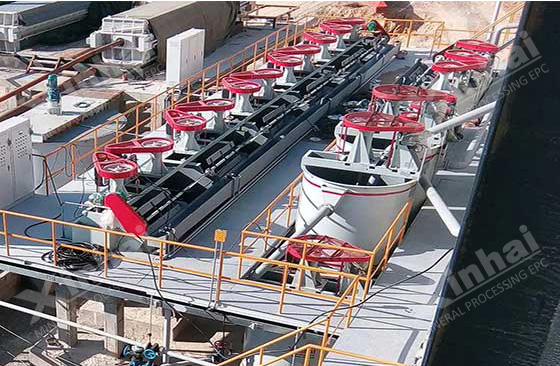
Pickling of powdered quartz is based on the fact that silica does not react with acid, while other oxide impurities can react with acid, enter the reaction liquid phase system and filter to realize silica purification. When pickling, mixed acids can be used to take advantage of the advantages of various acids and exert their synergistic effects. After pickling, the aluminum content in the powder quartz is greatly reduced and the silica content is increased. Oxalic acid speeds up the initial rate of impurity removal. The pickled minerals are placed in the reaction kettle at 80°C for reaction. After the reaction, it was vibrated on ultrasonic waves for a period of time, and after taking it out, it was repeatedly washed and filtered with distilled water, and then calcined in a muffle furnace at 850°C. The purity of calcined quartz can be further improved.
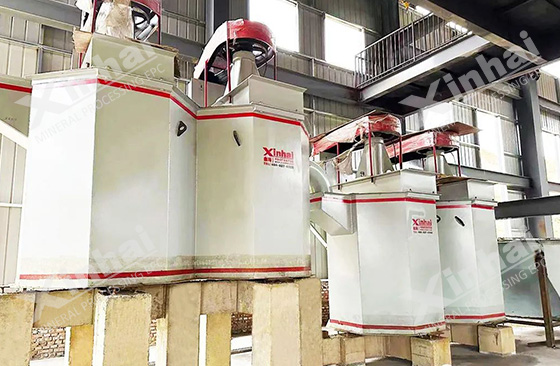
The above is the powdered quartz sand separation and purification technology. The scrubbing time, scrubbing concentration, flotation agent and acid ratio in the beneficiation process need to be determined according to the characteristics of the ore itself. Xinhai Mining recommends that beneficiation test analysis should be carried out before determining the beneficiation process. Xinhai Mining can provide you with accurate beneficiation tests and customized quartz beneficiation technology.
To find out more about our products and solutions, please fill out the form below and one of our experts will get back to you shortly.